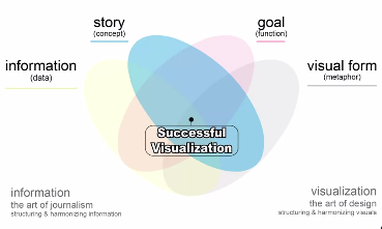Data Journey

Story à developing that connective tissue between the information and the data we’ve collected and the objective that we’re working against.
Barbara Minto à The Pyramid Principle
Essentially, this principle says that any statement made needs to be supported by facts, and the statement must be a perfect summarization of those facts.
Rules 1: a statement must be a good summarization of the facts that we're using below it to support that statement.
Rule 2: Facts must be logically consistent and MECE (mutually exclusive, collectively exhaustive)
Rule 3: Ordering of the facts must be logical and unsurprising. Facts can be ordered in time of occurrence from earliest to latest, or from biggest to smallest, etc.
Guiding Principle to Pyramids:
To test the thoroughness and soundness of ideas, question whether each section of the Pyramid is MECE – Mutually Exclusive (i.e. is each point used only once?) and Collectively Exhaustive (i.e. Does each grouping highlight at the points needed to support the synthesis at the next higher level?)
Each of those key questions, the hypotheses that we develop, we want to support with some data. In this way then, we can develop a plan to go out and collect information, collect data to prove or disprove a hypothesis, answer the key question that we've developed, and then ultimately roll up to some statement, and these things all fit together nicely in a well-organized story.
Example: Bellabeat
Sells hightech instruments and products – Leaf, Balance, shell (Names given to products)
Facing an awareness problem à customers do not know of their existence
Based on the objective of increasing awareness, we can construct the following Pyramid:
In conclusion,
- Good stories are built around statements supported by facts
- MECE collections of facts communicate thorough, sound ideas
- Minto’s guidelines provide exceptional structure for any story
- Application of Minto’s concept to data collection ensures that our approach will be sound
